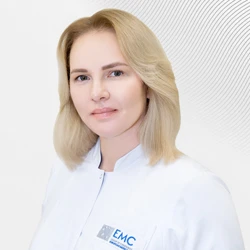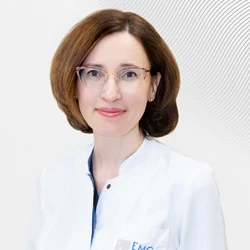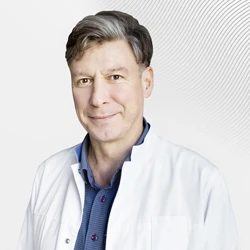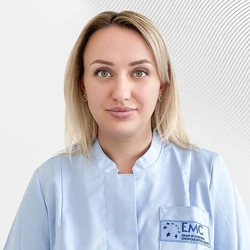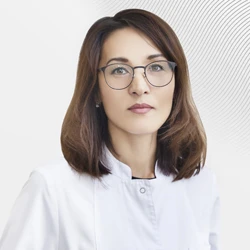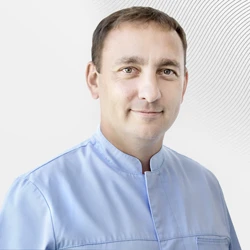Increased intracranial pressure in children
First, you need to know that a true increase in intracranial pressure occurs as a result of a number of rather serious reasons, such as:
-
volumetric brain formation (GM) – blood vessel aneurysm, tumor, and others;
-
inflammation of GM structures;
-
increased production of cerebrospinal fluid;
-
blocking the outflow of cerebrospinal fluid is a violation of the structure of the cerebrospinal fluid–containing spaces, hemorrhage into the ventricles of the UM, etc.
Secondly, any of these conditions is characterized by a number of symptoms and is accompanied by an increase in ICP, which is manifested by persistent severe anxiety of the child, sleep disorders, appetite, vomiting, bulging fontanelles and gradual divergence of sutures between the bones of the skull, progressive increase in the size of the ventricles of the GM according to ultrasound of the brain (neurosonography).
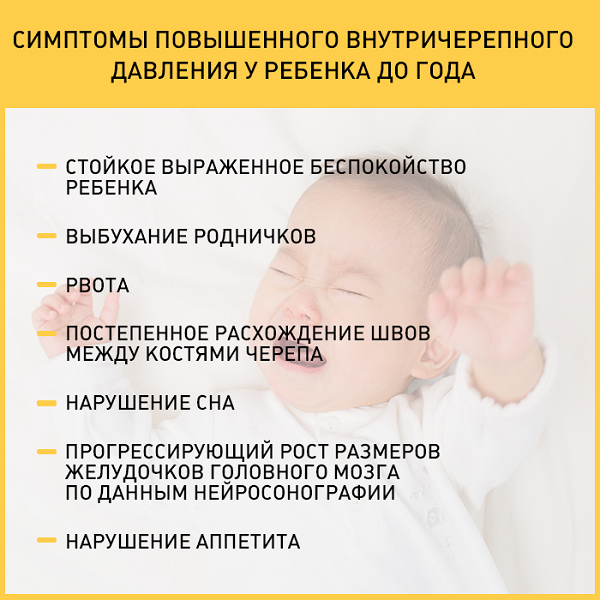
If you notice these or similar symptoms in a child, it is urgently necessary to consult a neurologist to rule out diseases manifested by these symptoms.
At the same time, there are a number of symptoms that often serve as the basis for the diagnosis of intracranial hypertension, but the presence of only one of them in a child casts doubt on the diagnosis of "increased ICP".
Greffe's symptom is the appearance of a strip of protein (sclera) between the upper eyelid and the iris of the eye – a common phenomenon in children of the first months of life. This is due to some discrepancy between the size of the eye socket and the eyeball. During growth, the volume of the orbit increases, the eyeball takes a deeper position, and the strip of sclera above the iris disappears.
The increase in head circumference serves as an indicative sign for the neurologist, according to which intracranial hypertension can be suspected, but only if other symptoms are present. Normally, OH increases most actively in the first months of life.: 1 month – up to 3.5 cm; 2 months – 2 cm and 3 months – 2 cm, then the rate decreases and in the period from 3 to 6 months the increase averages 1-1.5 cm per month. In premature babies, these rates are even higher.
The idea that the increase is 1-1.5 cm per month is erroneous! There are no absolute OG standards either. It is correct to start from the indicators at birth, because if the OG was 33 or 35 cm at birth, and the increase for the 1st month was 3 cm, then as a result, the indicator for the 1st month will be 36 and 38 cm, respectively, and both values are the norm.
An increase in the size of liquor-containing spaces according to neurosonography (NSG) data. A slight increase in the size of the cerebrospinal fluid-containing spaces does not at all indicate an increase in ICP, which can only be reliably measured by puncture. A slight expansion according to the NSG data indicates only an expansion of the cerebrospinal fluid-containing spaces, and not an increased intracranial pressure. Cerebrospinal fluid fills the expanded spaces compensatorily, which ensures constant intracranial pressure and a cushioning effect.
Exceeding the size of the liquor-containing spaces by 1-2 mm from the accepted average norm without any other neurological symptoms should be considered as a possible individual norm for a particular child. It is necessary to look at the situation as a whole, rather than at individual data from the NSG.
Why the EMC
The first and only clinic in Russia, created in the image of the world's leading clinics
EMC is a multidisciplinary center offering patients a high level of medical services and a personalized approach
Worldwide recognition and awards
 Learn more
Learn more
Worldwide recognition and awards
 Certificates and licenses
Certificates and licenses
Make an appointment for a consultation
Specify your contacts and we will contact you to clarify the details
Reviews
and new products of the EMC


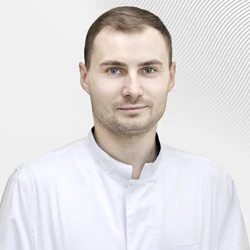
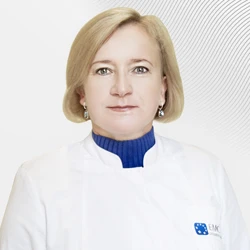
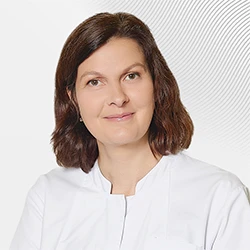
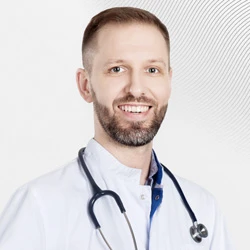
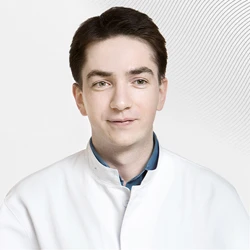
.webp)
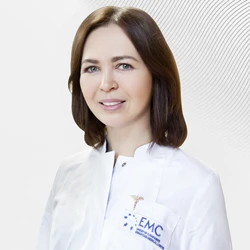
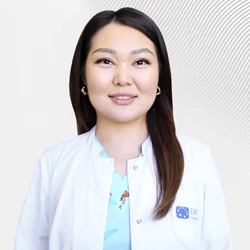
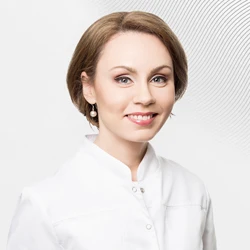

.webp)
